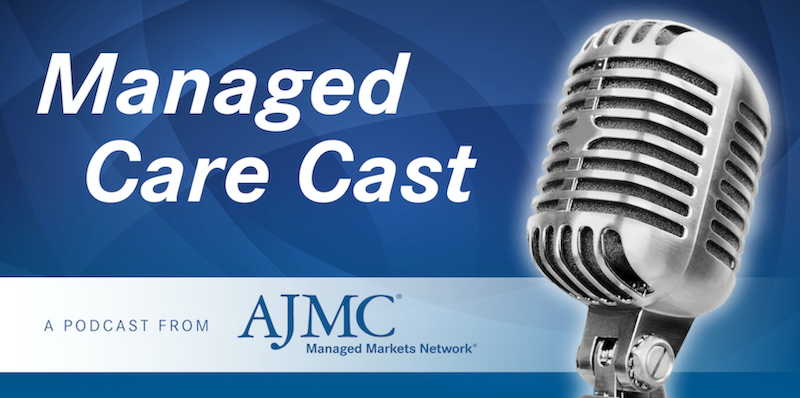Video
Self-Insured Health Systems for Employees With Migraines
Neil Goldfarb discusses the flow of information between employer, employee, and providers in a self-insured health system as well as the barriers that may prevent employees from seeking care in their own health system.
Transcript:
Neil Goldfarb: Self-insured health systems and provider organizations in general always are a little different in how they approach an issue. It’s interesting to see how people seek care differently at different times; whether they seek care or not; and what kind of care they seek when they are healthcare providers or working in a healthcare provider system.
I am not aware of any healthcare system organizations or other healthcare provider organizations that have developed a migraine program that is any different, any better, or any worse than what any other self-funded employer might implement. There are data suggesting that healthcare workers may actually have an increased prevalence of recurrent headaches and migraines that may in part be because of the demographic composition of the healthcare workforce, which tends to skew more female and more in that working age population, 30s and 40s.
I would absolutely advise healthcare provider organizations to have a migraine program in place, starting with measuring the prevalence of migraine in that population. But recognize that people oftentimes don’t want to get care where they work. We’ve seen a lot of healthcare systems move toward ACOs [accountable care organizations] or other models that really encourage people through co-pay structure to get care at the home institution. For many people that works. For some people that’s a major barrier to getting care.
There are probably several barriers in place at the healthcare-system level regarding access in seeking care. On the positive side, larger healthcare systems are more likely to have some in-house specialty service, whether it’s management or just a referral treatment plan work-up service in neurology that would allow at least for appropriate diagnosis, treatment, and referral. That’s on the good side.
On the negative side there may be in addition to the barriers to access that people might not want to be identified as a migraineur. Healthcare jobs oftentimes are busy jobs. It’s hard to find a quiet place to go to sit down for an hour, to leave the nurses’ station and self-treat, or just to sit in a dark room for an hour until your headache resolves. There may be additional pressure on you to continue suffering through the migraine. There may not be resources available to help you get relief for that migraine. There may also be some stigma associated if that worker is unreliable because they have migraines. Those are the kinds of barriers healthcare provider organizations probably are facing.
In many markets, healthcare systems and other large provider organizations are some of the largest employers in those regions. Many of those healthcare systems therefore have chosen to engage with their regional healthcare employer coalition. As an example, in the greater-Philadelphia coalition we have, most of the major health systems are engaged with us in some way—whether it’s directly as a member or in providing education to our members, or otherwise working with us to try to improve healthcare in the local market. That’s all very positive. For regional employer coalitions, the skill set that they bring to the table is that provider organizations—and in many cases health plans and payers—are not going to act on their own. They need the purchaser, the employer whose dollars are on the table, to help drive change and the rate of change.
Migraine has a significant impact on indirect cost, but I don’t know that payers and health plans necessarily care about indirect costs. They’re not being paid to manage indirect cost; they’re being paid to manage direct cost. They’re less likely to focus on migraine care. If the purchaser—the employer—says, “This is important to us; we need to know how you’re incorporating migraine management into your benefit design or into your education program, steerage programs, case coordination programs,” then it’s more likely that those kinds of programs will result in and will incorporate migraine care.
The purchaser’s role is pivotal. The question is, in a local market does any 1 purchaser have sufficient influence? The answer is, probably not. Employer coalitions bring together a hub of employers to speak with 1 voice and collectively have much more market power. As opposed to, say, “Provider Organization, you need to have a migraine-management program available for our workers who need migraine care. You need to do a better job of reducing unnecessary imaging tests coming out of the ER [emergency department].” Those kinds of strategies. I think coalitions play a critical role in driving change, in educating employers, and then helping employers understand how to educate the workforce.

How Can Employers Leverage the DPP to Improve Diabetes Rates?



